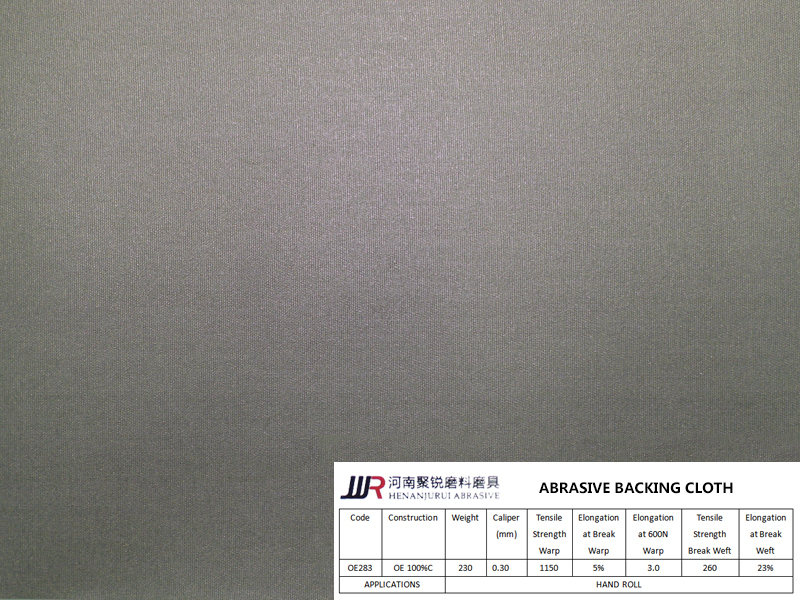Abrasive belts are coated abrasives, called flexible abrasives. Compared with solid abrasive wheels, it has the advantages of more flexibility and safety, higher precision, and lower grinding cost when polishing.
Abrasive belt grinding is a form of coated abrasive (commonly known as sandpaper, emery cloth) grinding. As early as 1760, sandpaper appeared in the world, but it was limited to manual operation at that time. It was not until 1900 to 1910 that it entered the era of mechanical use of sandpaper and emery cloth, and was applied to the wood industry in an endless belt form. This mechanical grinding method using an endless belt emery cloth was the embryonic form of belt grinding. After 1930, abrasive belt grinding gradually developed to metal processing. In World War II, the United States took the lead in using abrasive belt grinding in weapon manufacturing and achieved obvious results. At the beginning of 1950, the emergence of the electrostatic sand planting method pushed the belt grinding to a new stage, and the application of belt grinding became more and more common. Later, Europe and Japan also successively carried out the research and application of abrasive belt grinding technology, and the abrasive belt grinding technology gradually developed into an independent processing technology field with a complete range and a relatively complete technical system.







